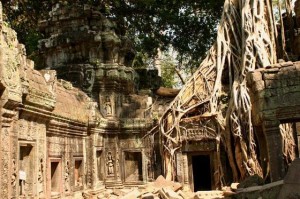This article is written by Ajay Jain
THE GREAT MIGRATION
The Great Migration, which unfolds annually in the savannah grasslands of Masai Mara is undoubtedly the most spectacular and dramatic wildlife spectacle one can experience on Earth! This natural wonder is an event which is the stuff of dreams for every wildlife enthusiast and photographer.
Masai Mara (1500 sq km) is the northern extension of the Serengeti ecosystem, which is about 25, 000 sq kms in area and home to the greatest concentration of large mammals on Earth. The name Serengeti means ‘endless plains’ and this whole landscape offers breathtaking vistas and superb wildlife sightings.
The long rains in the Masai Mara between March-June trigger off this annual migration. A stupendous number of 1.3 million Wildebeest, 5, 00, 000 Thompson’s Gazelles and 2, 50, 000 Zebras move in dense herds, attracted by the nutritious grasses on the Masai Mara. These herbivores are relentlessly tracked by the great predators and run the gauntlet of crossing many rivers including the toughest one, the Mara itself. This is the main river bisecting the Reserve and with its high banks and teeming with enormous Nile crocodiles, it presents the great herds with the most serious challenge of their 800 km long journey.
Africa – Gorilla Tracking in Uganda
Welcome to the land of Mountain Gorillas, who dwell in the thick rainforests of Bwindi.
Meghalaya – Caving Adventure
Welcome to Meghalaya- ‘the abode of the clouds’ and a treasure trove of natural wonders!
Borneo – Wild Borneo
The abundance of flora-fauna makes Sabah a real visual treat for any wildlife enthusiast.
We Give Back
While PlanetWildlife is a commercial venture, a cornerstone of the company’s vision is to actively promote and support responsible eco tourism, sustaining and creating avenues of social development through tourism, which will directly benefit the existing channels of ecological conservation.
Through this endeavour, PlanetWildlife joins a body of wildlife support groups who are diligently working towards making wildlife protection profitable for the community as a whole.
Ajay Jain
6 July 2011
http://kunzum.com/2011/07/06/on-an-african-safari-and-the-great-migration-with-planet-wildlife/



